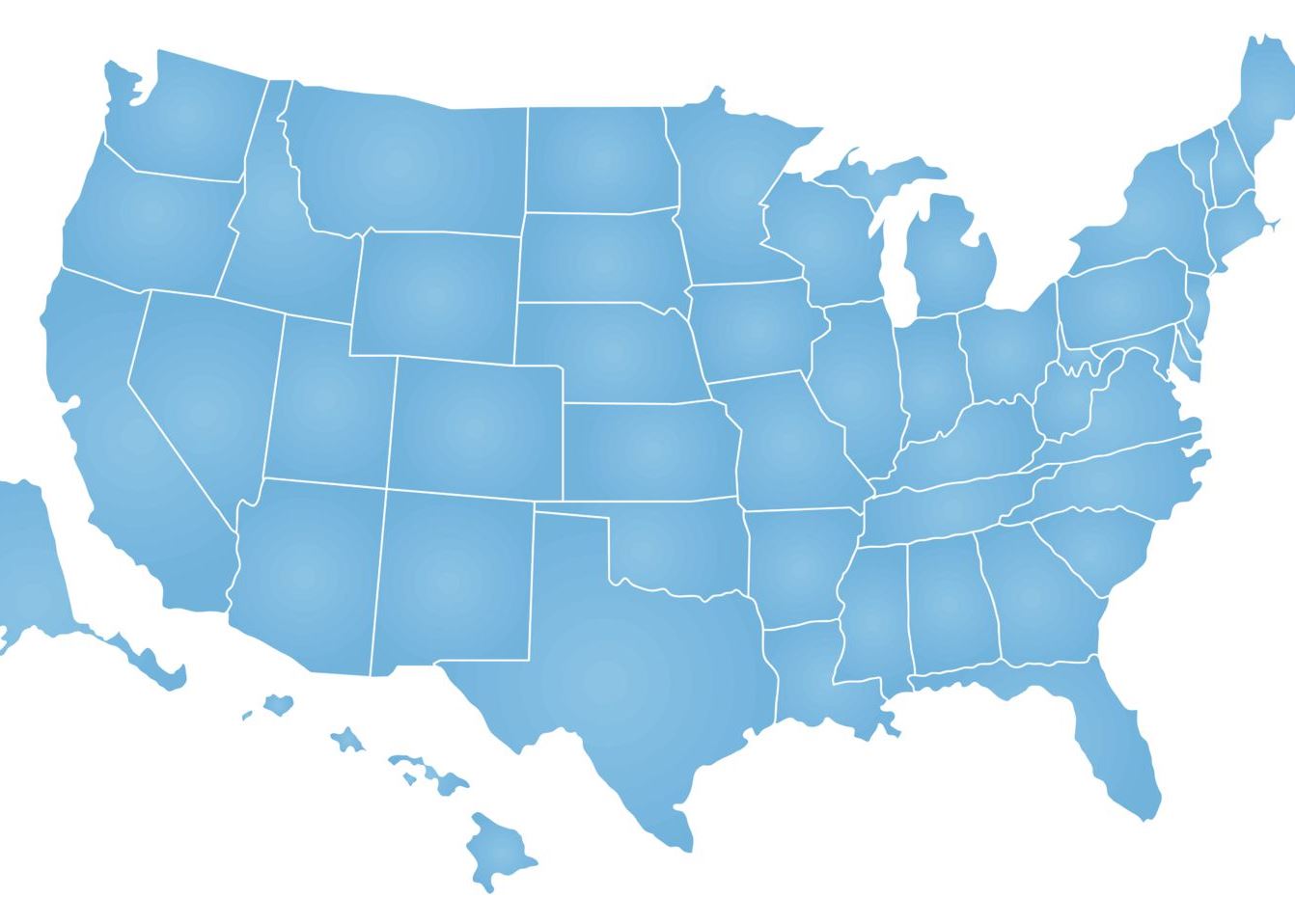Free Car Insurance Comparison
Compare Quotes from Top Companies and Save
Secured with SHA-256 Encryption
Compare Auto Insurance Companies
Choosing a company to insure an automobile is an important decision. It is important to get accurate information about auto insurance companies, the rates they charge and the coverage they offer. You can begin the process of getting auto insurance rate quotes from the top insurance companies in the United States conveniently by entering your zip code above.
A vehicle owner must take several factors besides cost into consideration when buying a new or used vehicle or shopping for a different auto insurance company, including:
• Customer Satisfaction • Financial Health of the Company • Type of Coverage Needed • Discounts Offered • How the Company Calculates Rates
Customer Satisfaction
Vehicle owners can get information about how well an auto insurance company processes claims and requests from The National Association of Insurance Commissioners. This organization keeps statistics on complaints that are filed with state insurance commissioners.
Financial Health of the Company
Insurance companies are regulated by state and federal governments and are required by law to have certain levels of reserves to pay claims. These laws are designed to protect policyholders from being unable to collect damages from poorly managed or unethical organizations. Potential customers can find specific information about an auto insurance company’s ability to pay claims by visiting ambest.com. The A.M. Best Company publishes financial ratings of all insurance companies doing business in the United States.
Type of Coverage Needed
Auto Insurance companies offer the following types of coverage:
1. Liability 2. Collision 3. Uninsured/Underinsured 4. Comprehensive
1. Liability
All vehicle owners in all states are required to at least have some form of liability insurance on a vehicle and require a minimum amount of coverage. Some auto insurance companies cater solely to high risk drivers who can afford only this minimum amount of coverage. Most policies provide higher amounts of coverage to protect vehicle owners from damages or lawsuits that exceed state minimum requirements. Liability coverage has sub-components that provide compensation to the owners of property damaged by a vehicle and covers medical expenses for anyone injured in a collision involving the vehicle.
2. Collision
Damage caused to a vehicle through collision with a stationary object or another vehicle is compensated through collision coverage. Collision coverage is required by banks or lending companies that finance vehicles.
3. Uninsured/Underinsured
Vehicle owners who are injured or have their vehicle damaged by an uninsured driver are protected through Uninsured/Underinsured coverage. This component also protects vehicle owners who sustain damages or injuries that require compensation at higher levels than the state minimum coverage if the driver at fault has only minimum coverage. It also covers damage or injuries resulting from hit and run accidents.
4. Comprehensive
A vehicle owner that purchases comprehensive insurance is protected against almost any imaginable damage to the vehicle, including damage sustained in natural disasters or fire. It also covers any damage or injuries sustained while using a rental vehicle.
Discounts Offered
Some of the most common discounts offered by insurance companies are:
• Bundling • Multi-Vehicle • Limited Drivers • Low Mileage
- Bundling
Insurance companies that offer home, life and auto insurance policies usually offer discounts to those who purchase all three kinds of insurance from the same company. It may be necessary to compare the overall cost savings if bundling requires switching home or life insurance policies.
- Multi-Vehicle
Families that own more than one vehicle can often save money on premiums by having one member of the family own all of the vehicles and insure them with the same company. If one vehicle is used infrequently, such as for vacations, the family can usually negotiate lower rates for that vehicle.
- Limited Drivers
Families with teenaged drivers can save money by buying him or her a low priced vehicle and not allowing him or her to drive the family’s primary vehicle. Premiums can sometimes be lower if the policy states that only the owner of the vehicle will drive the vehicle.
- Low Mileage
Vehicle owners who regularly use public transportation to get to work and use a vehicle only on weekends can often negotiate a discount with an auto insurance company if they can demonstrate this infrequent usage. Less use of a vehicle means less likelihood of a collision.
Some insurance companies are beginning to offer safe driver discounts to vehicle owners who allow devices to be placed in their vehicles that record driving behavior. These devices provide specific information on the driving habits of a vehicle owner, allowing them to more precisely calculate the risk of damage or injury. If the device records that a driver does not speed or break sharply, the vehicle owner may see significant reductions in premium rates.
How the Company Calculates Rates
Insurance companies make money on vehicle owners who pay their premiums every month and never file a claim. They lose money on vehicle owners who drive recklessly or leave the keys in the ignition. They charge lower rates for drivers they think are not likely to file claims, and higher rates for drivers who are very likely to file claims. Knowing about some of the factors that actuaries at auto insurance companies consider when they set premiums can help a vehicle owner shop for rates and coverage levels that best suit their individual circumstances. These factors include:
• Type of Vehicle • Age of Drivers • Driving Record • Value of the Vehicle • How the Vehicle Will be Used • Local Crime Rates • Local Accident Rates • Credit Score
- Type of Vehicle
Auto insurance premiums can be influenced before a vehicle is purchased. Auto insurance companies set premiums partially by the type of vehicle that will be insured. The rates are only partially determined by how structurally safe a given vehicle type is. They are also determined by who likes to buy certain types of vehicles.
For example, TransAms and Mustangs are some of the structurally safest vehicles on the road, but owners of these vehicles pay some of the highest premiums. This is because the people who drive muscle cars are usually young males, who are more likely to drive fast and recklessly. Insurance companies perceive owners of 4-door sedans as safe and reliable, and charge lower premiums for owners of these vehicles accordingly.
Auto insurance companies also take into account theft rates among specific makes and models of vehicles. Models that have sold well are often stolen so that they can be disassembled and the parts sold illegally. Other factors that auto insurance companies consider are built-in safety features, such as automatic seat belts, air bags, and structural reinforcements. These features significantly reduce the amounts that an insurance company will have to pay to treat injuries or repair the vehicle if it is involved in a collision.
- Age of Drivers
Inexperienced drivers, such as teenagers, have high rates of moving violations and collisions. People who having been driving for several decades have much lower rates of collisions and moving violations. Auto insurance companies take these statistics into account when assessing premiums.
- Driving Record
Most drivers who can afford only state required minimum coverage are in that situation because of multiple traffic violations. Past collisions and traffic violations are indicators to auto insurance companies of the likelihood of future collisions. Different auto insurance companies have different time limits on considering past incidents. They may not consider incidents that happened 2 years ago, 5 years ago or 10 years ago.
- Value of the Vehicle
The more expensive a vehicle, the more it will cost to repair if it is involved in a collision. Some high end vehicles have warranties that require that only technicians specifically certified in working on their vehicles do any repair work. Parts can be expensive and difficult to find for vintage vehicles. Owners of older vehicles with low worth often purchase only liability insurance to save money on premiums.
- How the Vehicle Will be Used
Sales representatives who travel for their jobs or owners of pickup trucks often pay higher premiums than vehicle owners who use their vehicles to get to and from work or for personal business. Higher mileage on a vehicle means more likelihood of collision. Auto insurance companies also need to consider whether things falling out of a pickup truck will damage property or injure anyone. It is important for vehicle owners to provide accurate information about how a vehicle will be used and who will drive it. If an insurance company discovers that the policyholder falsified information, it may nullify the policy and deny the claim if one is filed.
- Local Crime Rates
Auto insurance companies regularly review crime statistics when determining the likelihood that a vehicle will be stolen or damaged during a break in. Vehicle owners who live or work in a high crime area can expect to pay higher premiums than those who live in areas with lower crime rates.
- Local Accident Rates
Drivers in urban areas typically pay higher premiums for auto insurance than vehicle owners in rural areas. More traffic means a higher risk of collisions.
Vehicle owners who need to go through intersections with poorly engineered traffic signals or use freeway interchanges with high accident rates often pay higher premiums.
- Credit Score
Auto insurance companies believe that vehicle owners who maintain good credit are more responsible individuals overall, and are less likely to drive recklessly or be involved in collisions. They regularly review credit scores of their policyholders when assessing premiums.
Get Started Now!
One of the first considerations that the top insurance companies in the nation use when assessing premiums for auto insurance is geography. To get started with your rate comparison, simply enter your zip code into the quote box at the bottom of this page. You will find it less time consuming, less confusing and of course less cost than calling insurance companies on the phone to get rate quotes.
Enter your zip code now!
Free Car Insurance Comparison
Compare Quotes from Top Companies and Save
Secured with SHA-256 Encryption








